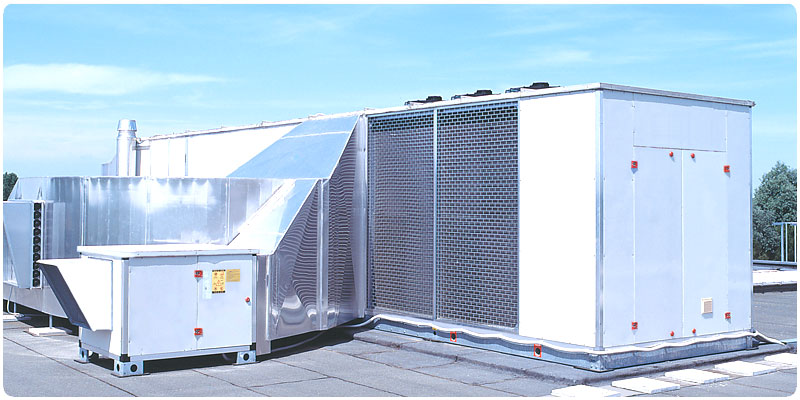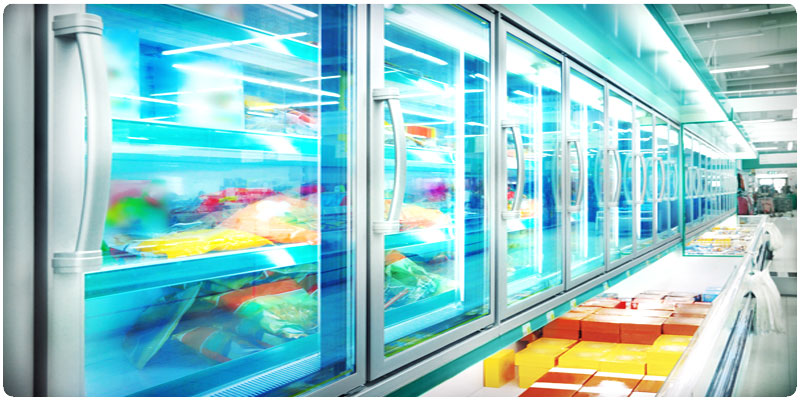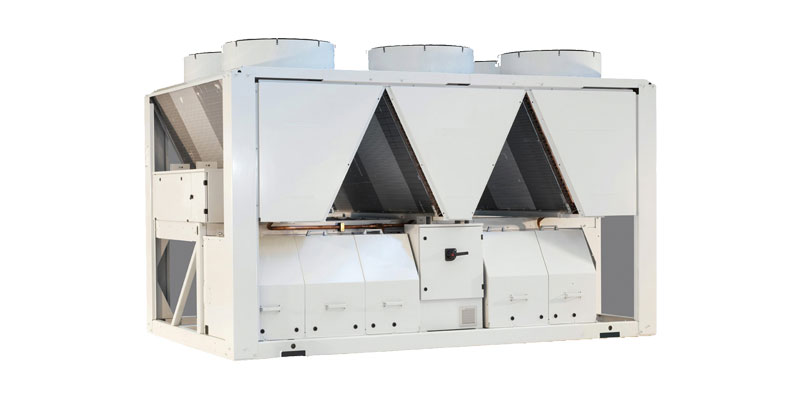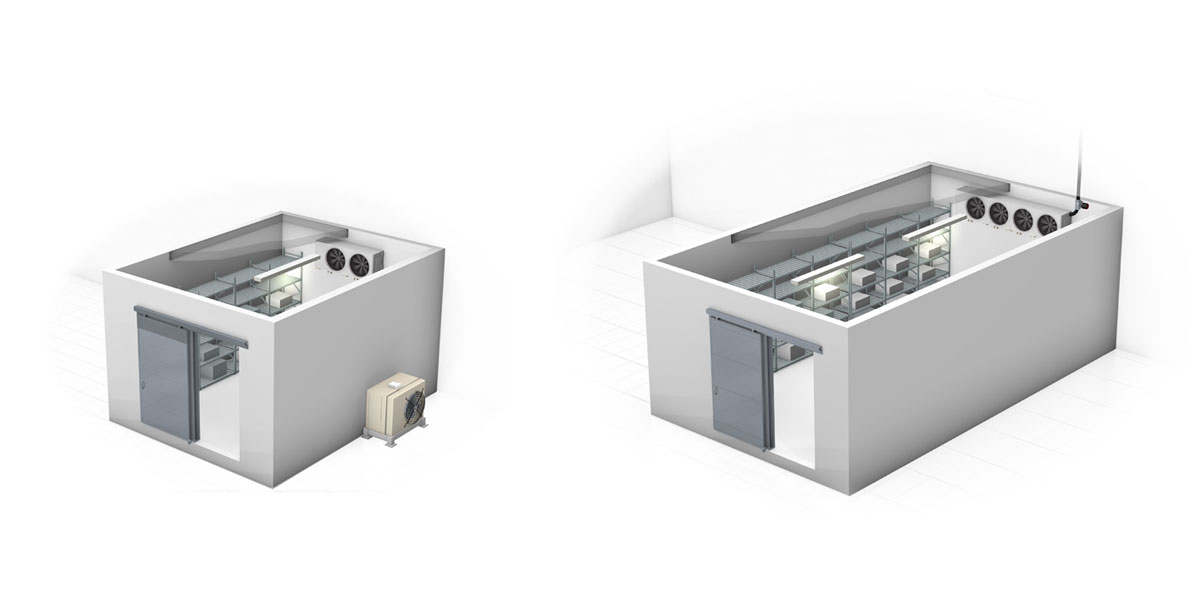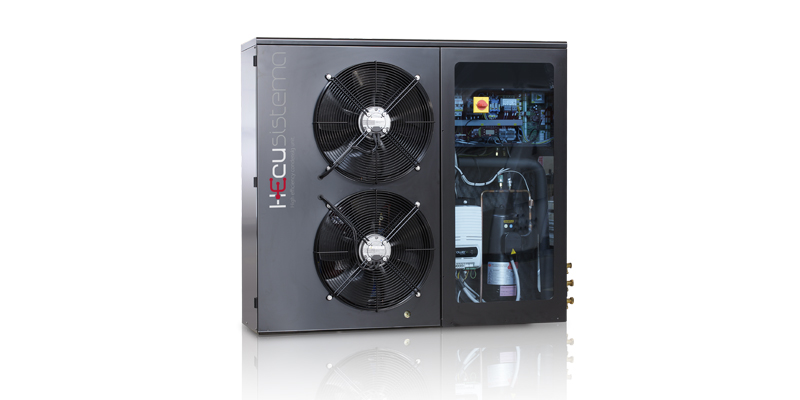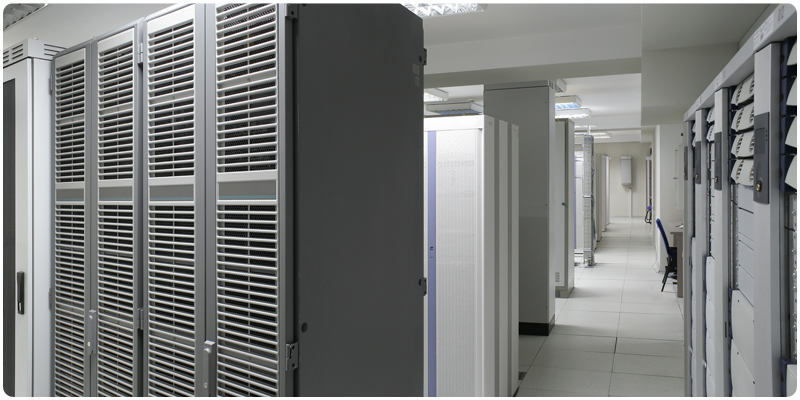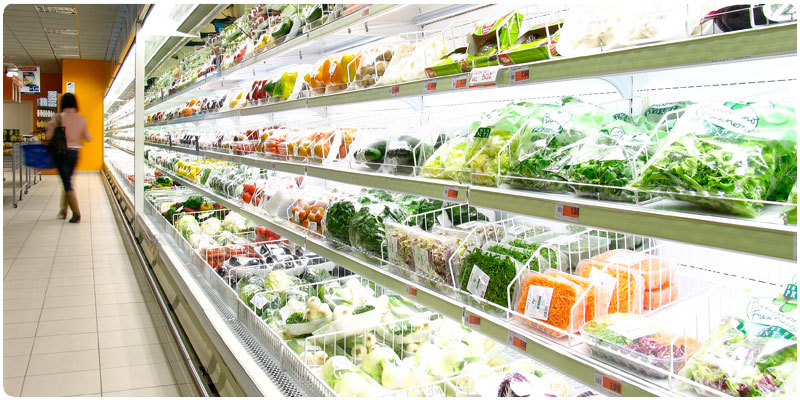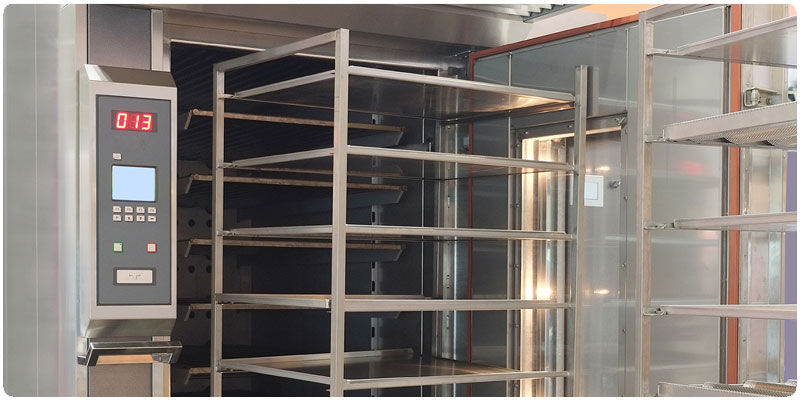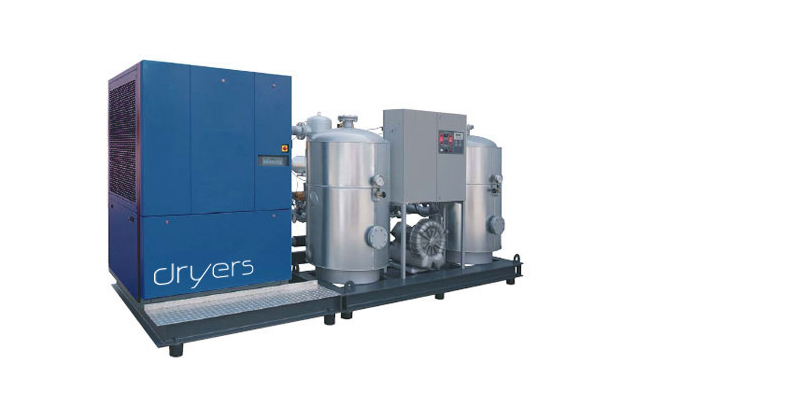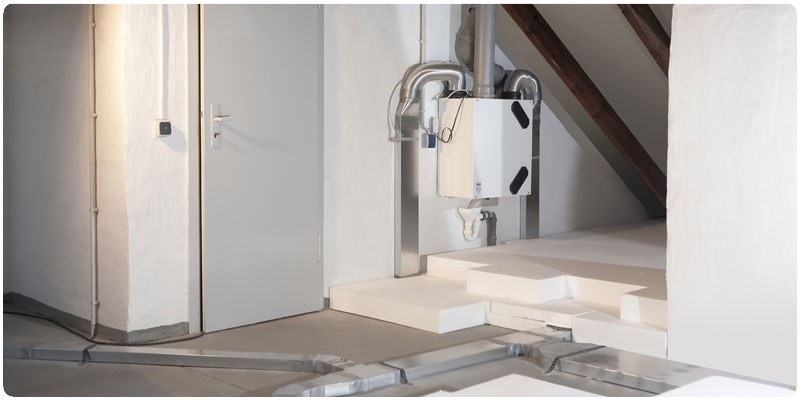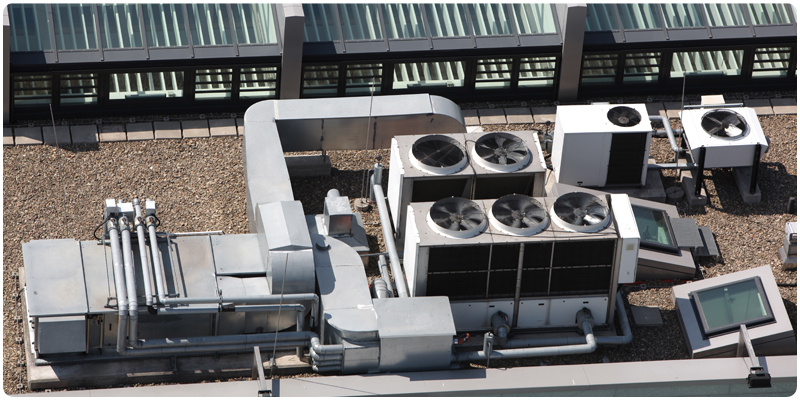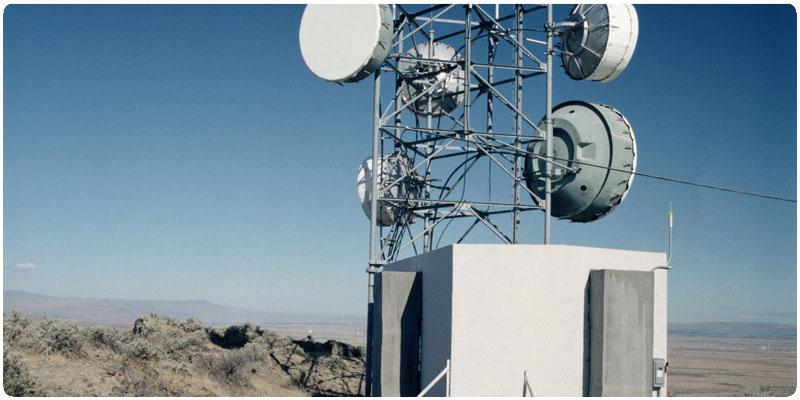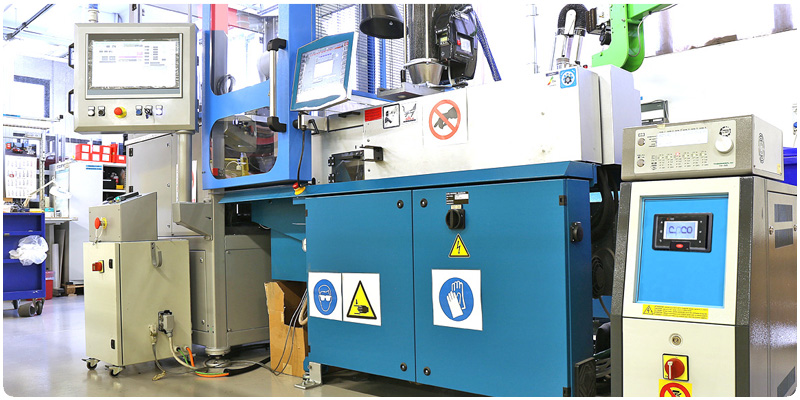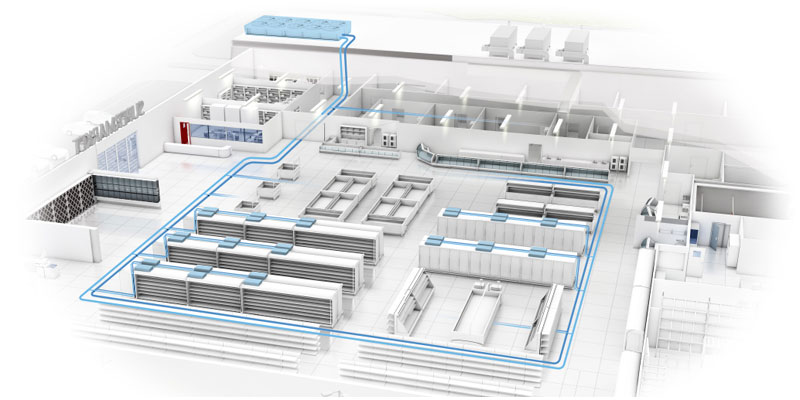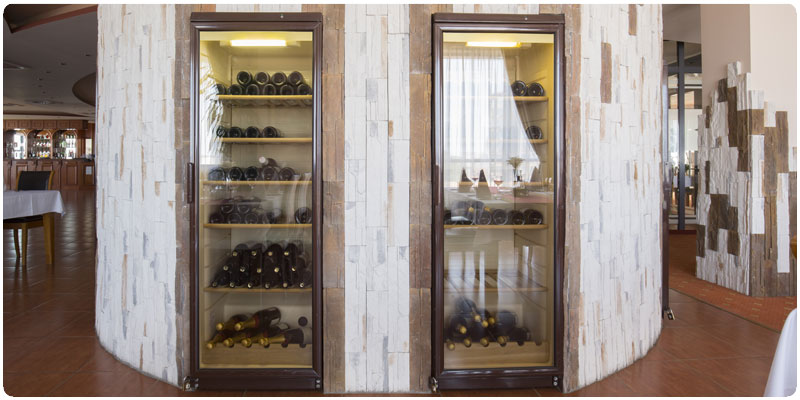Free Cooling
-
General characteristics
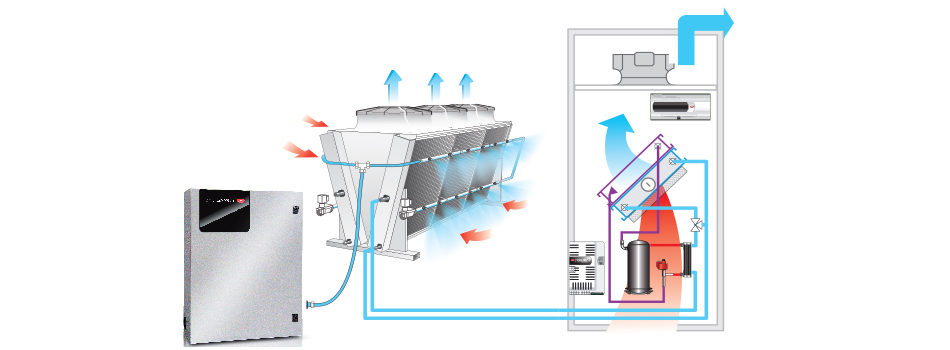
Free cooling is especially suitable for air conditioning data centres located in cold and temperature climates. Air conditioning systems have been available with free cooling for over 30 years. More recently, the design of these systems has improved, reflecting technological progress (microprocessor control, components with speed control, etc.) and this has increased the potential for energy savings. Two types of free cooling are possible, direct and indirect.
Direct free cooling
In addition to providing cooling, air conditioners are also fitted with air dampers. The damper control system lets in fresh outside air, while the inside air is either discharged or recirculated, in other words sent back into the building after having been cooled again. The type of air handling unit used depends on outside climatic conditions and desired environmental conditions. A distinction needs to be made between:
1. Free cooling only
2. Free cooling with additional cooling supplied by the cooling cycle (combined mode)
3. Recirculation: cooling only using the cooling cycle
With direct free cooling, cold outside air is delivered into the air conditioned space.
The heat load is in turn transferred outside of the building. The air is circulated by a fan through an outside air filter. This operating mode offers considerable potential for energy savings, especially in cold and temperate climates. If the outdoor temperature rises, the air handling unit switches to combined mode, so that the additional heat can be dissipated by cooling cycle.
Indirect water side free cooling
Unlike direct free cooling, indirect free cooling does not use outside air to directly cool the equipment in the data centre. All indirect free cooling systems work on the principle whereby, in free cooling mode, a water / glycol solution is cooled by the outside air without operating a mechanical cooling cycle, and this in turn is used to cool the air flow into the data centre. The water/glycol solution acts as a liquid refrigerant and is circulated through the piping by pumps.
Indirect free cooling offers potential energy savings for data centre air conditioning. Although the additional components needed for indirect free cooling involved higher air conditioning systems investment cost, the additional expense is offset in the medium term by much lower running costs. The savings offered by indirect free cooling are especially attractive in cold and temperate climates. Low outdoor temperatures make it possible to reduce chiller usage which in turn lowers air conditioning system power consumption.
Indirect air sided free cooling
Recently there has been a trend towards cooling data centres using cross-flow heat exchangers to evaporatively cool the outside air. The recirculated air, which flows in the opposite direction, is thus also cooled, with the following benefits:
No contact with the outside air, without needing filters to trap dust and other particles that may be potentially harmful to the servers
Decrease in cooling load
No increase in latent heat load due to changes in outdoor humidity.

